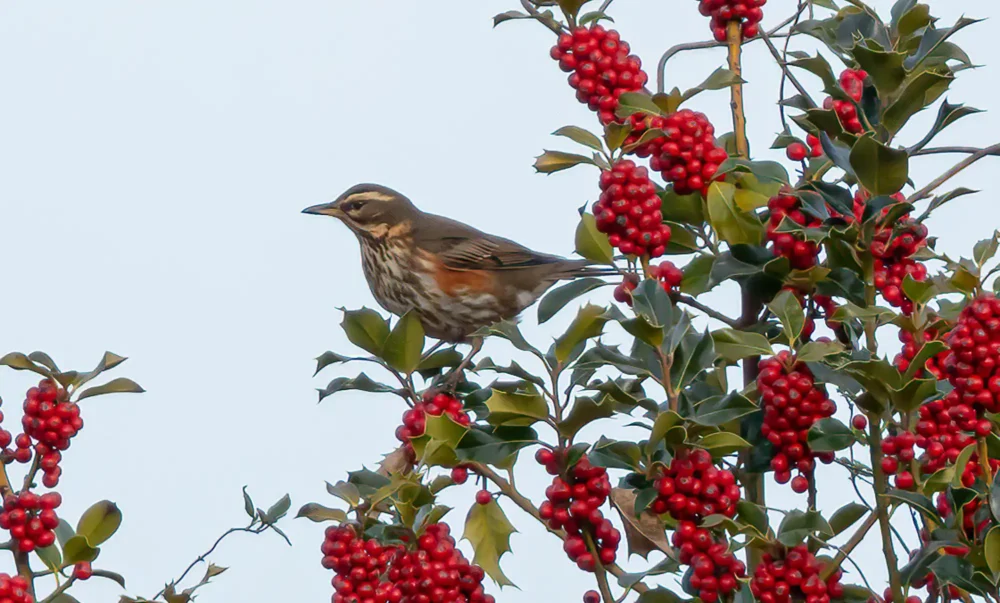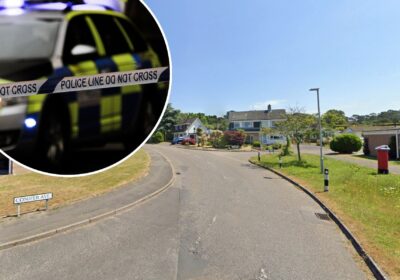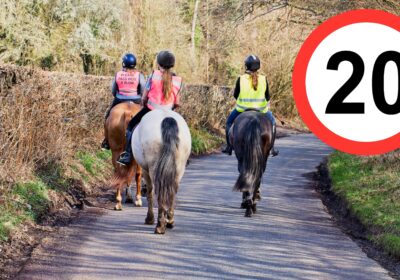AUTUMN is a time of the year when the bounty of hedgerows and trees is particularly noticeable.
Acorns adorn the oak trees and fall earthwards when the wind blows; this is also true of beechnuts, sweet chestnuts, horse chestnuts (conkers) and the less showy winged seeds of the hornbeam and field maple.
All are packed full of protein, fats and carbohydrates, as well as being rich in minerals – a food source for badgers, squirrels, jays and mice, which in turn become food for predators including owls and stoats.
Other trees and shrubs bear fruits or berries: we frequently see the inky black berries of the dogwood, the alder buckthorn and the sloe; the red of the rose hips, the haws of the hawthorn, the berries of the guelder rose as well as the rowan.
Less often seen are the small, hard, green fruits of the wild crab apple, the pear and the wild service tree, and last but not least, the white berries of the mistletoe much loved by thrushes.
All the berries are an important winter nutritional resource to keep wildlife healthy through the cold months.
But while autumn is a time of plenty, not all autumns are equally abundant.
There are of course ‘mast years’ when oaks and beeches produce a particularly large number of acorns and nuts; this has an evolutionary advantage, the glut allowing many of the seeds to avoid being eaten and therefore to germinate.
But mast years are now also thought to be related to the spring weather conditions, with a warm spring resulting in a mast year due to good opportunities for pollination; conversely, poor springs result in poor pollination.
This year is certainly not a mast year. If you’ve been walking around the Dorset countryside, you might have noticed that there isn’t an abundance of acorns or hazelnuts.
The foragers among you might have noticed that there are very few sloes, while those who collect seed for future tree-growing might have noticed that species such as dogwood have done poorly.
It is possible that this year’s poor spring has resulted in a paucity of both fruits and nuts across a range of species; this autumn does not appear to be the bounty that we all look forward to, and that many animals rely on.
Local community group Trees for Wimborne have now devised and implemented three planting schemes.
In each one, we have tried to plant as diverse a range of native tree and shrub species as possible, while adhering to the principles of ‘right tree, right place’.
This is to create a varied and interesting landscape which brings joy in all seasons, and to provide a range of food plants and habitats to attract and provide for as many insects, birds and mammals as possible.
It is also to provide resilience – a word more frequently heard in relation to nature over the last decade. During this time, land managers and conservationists have grappled with how to make habitat improvements for wildlife in an increasingly unstable climate, so the aim of many of these projects is to cope with the ever-changing ‘new normal’.
Trees for Wimborne hope that by planting a wide range of species it will contribute, in some small way, to a resilient landscape.
If some of the species do not produce pollen, nectar, fruit or nuts one year, then others will; if some do not do well in the vagaries of wetter, warmer, windier and drier climates, then others will.
The plants we put in are still too young to be subject to the influence of weather events on pollination, but hopefully soon they will begin to prove their worth and contribute to next year’s autumn bounty.
NIKI HARPER
Trees for Wimborne










Leave a Reply